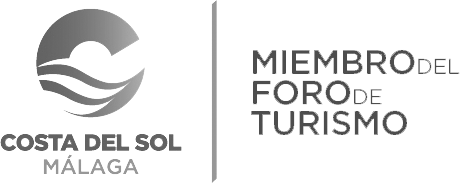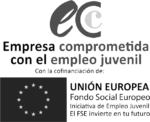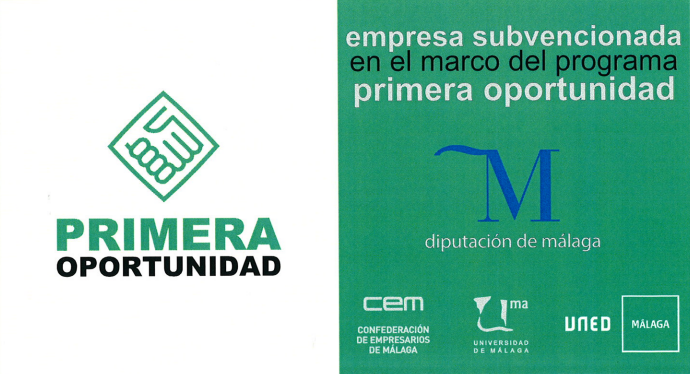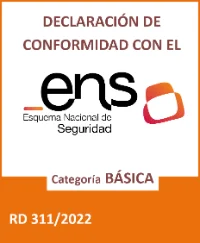The Barcelona 2020 Strategic Plan for Tourism was born with a government measure of 20 July 2015 with the title "Promoting the participatory process on Barcelona's tourism model".
Barcelona 2020 Strategic Tourism Plan
The Strategic Plan for Tourism Barcelona 2020, apart from setting out the steps to be followed in tourism policy over the next five years, aims to ensure that the positioning and strategies of the various plans underway are brought together.
The strategic plan for Tourism Barcelona 2020 comprises 3 major strategic horizons for the city:
- Drawing up a roadmap for Barcelona's tourism policies for the next five years.
- Generating public debate and awareness of tourism and its effects by analysing the current situation and future scenarios.
- To achieve the concurrent integration of the positions of the various work areas related to tourism in the city: PAM, PEUAT, Tourism Mobility Plan, Inclusive Tourism Plan, etc.
The ten action programmes designed to respond to the challenges and strategic objectives defined in the diagnosis and set out above are presented below:
Axis 1: Governance
The objective of this axis is to reinforce the spaces, instruments and mechanisms of municipal government in order to guarantee public leadership of tourism management in a coordinated and participatory manner with other agents.
Lines of action:
- Internal coordination
- Institutional relations
- Participation and collective deliberation
- Stable and international networks
- Barcelona Tourism Consortium
Axis 2: Knowledge
Its objective is to develop a programme to generate, share, disseminate and transfer knowledge related to tourism activity in the Barcelona destination.
to accompany decision-making, deepen strategic issues and enrich the public debate.
Lines of action:
- Barcelona Destination Observatory
- Research and technology
- Education and outreach
Axis 3: Destination Barcelona
In this axis, the objective will be to build a destination committed to social, economic and environmental sustainability, which is dynamic, welcoming, open, innovative and desirable, guaranteeing the quality of life of its citizens and balanced territorial development, and where the real city and its identity are the main attractions for visitors.
Lines of action:
- Tourism sustainability criteria
- Destination marketing
- Territorial strategy of the destination
- Visitor attractions and tourism products
Axis 4: Mobility
This axis is focused on analysing the tourist uses of mobility - as a key activity for the configuration of the destination - and designing and implementing action measures to improve its management.
Lines of action:
- Tourist mobility plan
Axis 5: Accommodation
The aim is to address the management of tourist accommodation in a strategic and proactive way, bringing coherence to the different regulatory instruments.
- Special urban development plan for tourist accommodation
- Active tourism accommodation policies
Axis 6: Space management
The aim of this axis is to address the management of urban spaces in an integrated and transversal manner in order to promote the reconciliation of tourist activities with daily and permanent life in the city.
Lines of action
- District tourism management
- Spaces of great affluence
- Urban balance
- Accessible tourism plan
Axis 7: Economic development
This axis is focused on strengthening the productive bases of the city, promoting endogenous resources, facilitating investment and innovative and responsible tourism business projects and boosting quality employment.
Lines of action
- Local economic development strategy
- Improving the quality of employment
- Promoting responsible and socially innovative enterprise
- The exchanger
Axis 8: Communication and reception
In this axis we will focus on broadening the destination's narratives, making them more diverse, dynamic, responsible and shared, involving the resident population and visitors in the discovery of other realities, and ensuring that their experience is enhanced.
Lines of action
- Communication strategy
- Visitor information and welcome plan
Axis 9: Taxation and financing
The objective of this axis is to design new fiscal measures to compensate the balance between the economic costs and benefits of the activities, as well as to review the own financing protocols directly linked to tourism activity.
Lines of action
- Tourism taxation programme
- Planning and criteria for EIT resources
Axis 10: Regulation and management
This last axis aims to adapt regulatory and planning instruments to reduce the negative effects of tourism practices, thus guaranteeing the right to the city.
Lines of action
- Changes in municipal ordinances
- Urban planning instruments
- Control and inspection of tourism activities









